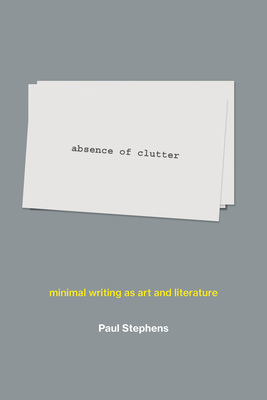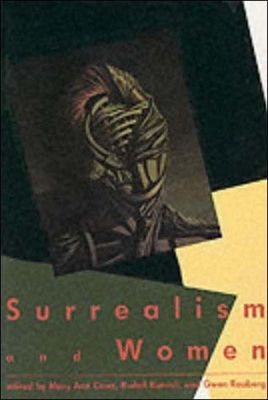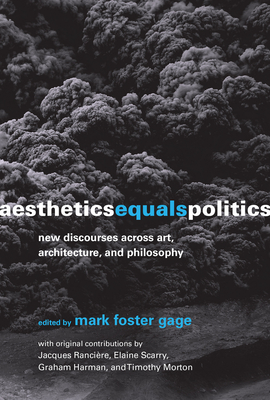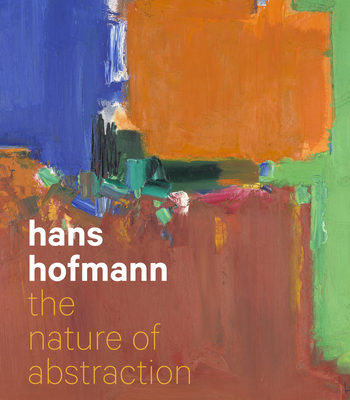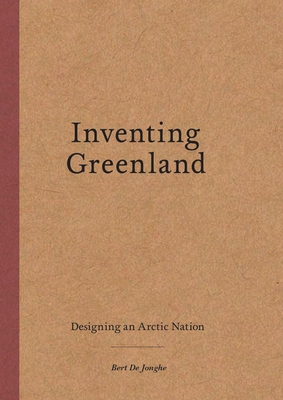
Inventing Greenland: Designing an Arctic Nation
Description
Inventing Greenland is a critical and timely assemblage of stories highlighting a shifting landscape - one born from the imagination, projections, and ambitions of a wide range of actors. Geared towards a design audience, this book combines spatial sensibilities with Greenland's local cultural, social, and environmental realities.
Inventing Greenland is a critical and timely assemblage of stories highlighting a shifting landscape - one born from the imagination, projections, and ambitions of a wide range of actors.
Today, especially within the design discipline, there is a lack of understanding of Greenland as a complex constellation of perspectives, histories, and forces. This book aims to fill that knowledge vacuum. Geared towards architects, landscape architects, and urban planners, this book combines spatial sensibilities with local cultural, social, and environmental realities. More specifically, spatial sensibility is a way of responding to and reading beyond a diverse array of relationships in the built environment. Furthermore, Inventing Greenland provides a broad understanding of a unique island undergoing intense transformation while drawing attention to its historical and current challenges and emerging opportunities.
Distinctly, each individual story is anchored to a common thread and interest in architecture, landscape architecture, and urbanism. Such discourse may serve to prepare designers at large as they take on projects in a rapidly developing Arctic.
In the past, the extremeness of Greenland's landscape did not impede the first immigration of Inuit hunting tribes, Norsemen from becoming Greenland Vikings, and European explorers from searching for new trade routes and eventually reaching the North Pole. Every single one of them read, saw, and understood the Greenlandic landscape differently, while projecting their hopes and dreams onto new landscapes, seascapes, and icescapes. As will become apparent, similar hopes and dreams of the early settlers and explorers continue in postcolonial times in a different set of actors, among them the U.S. military, foreign investors, and an Inuit-run government.


